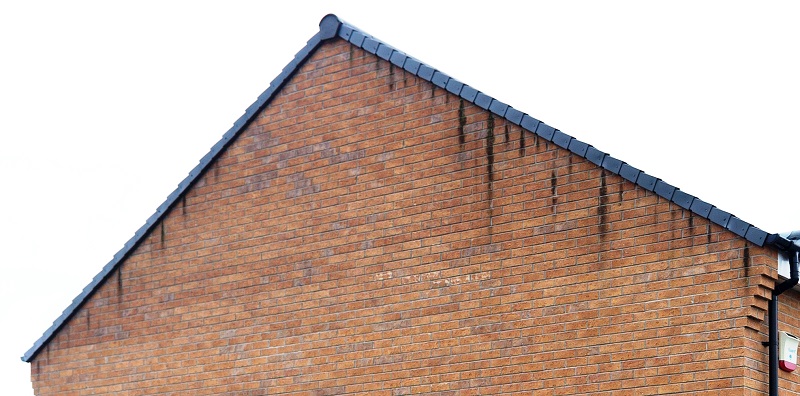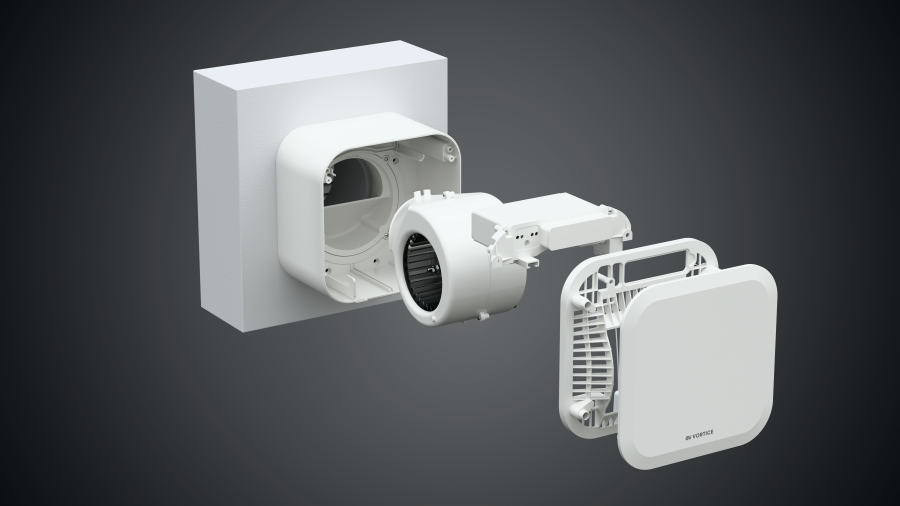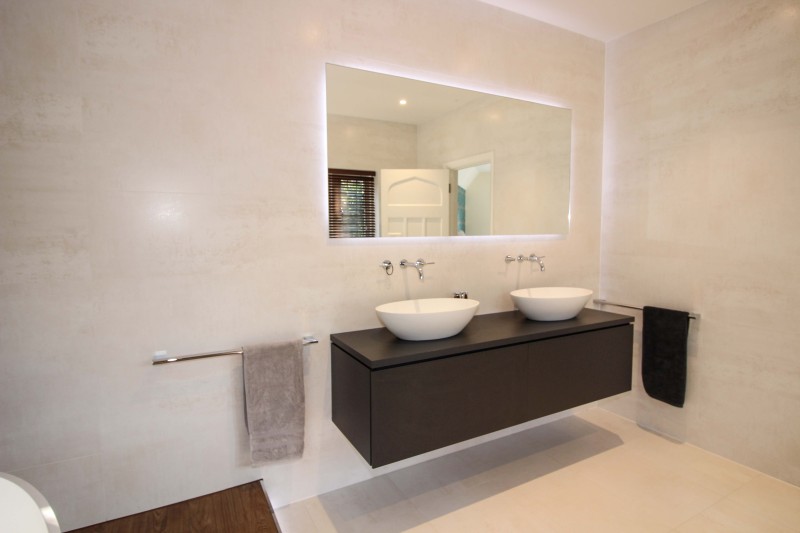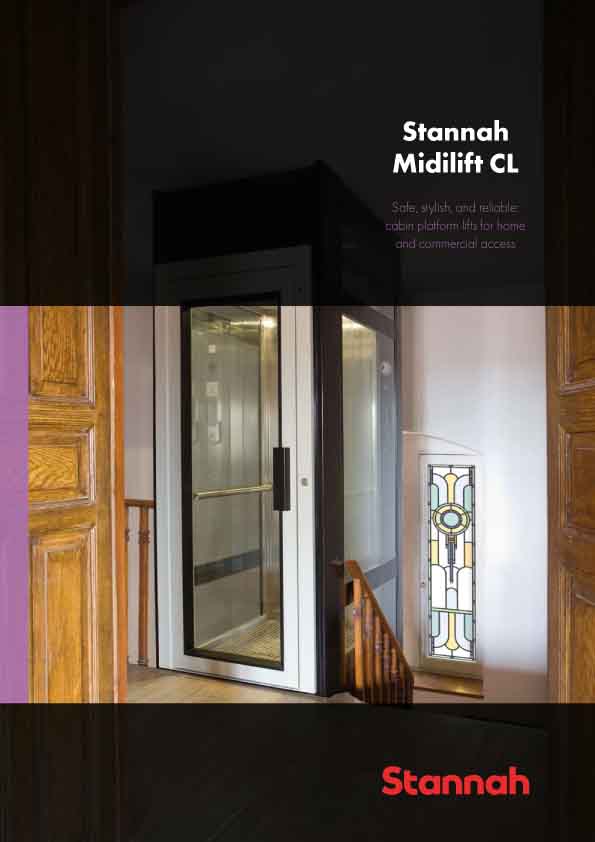Redland has welcomed
the introduction of BS 8612: Dry-fixed Ridge,
Hip and Verge Systems for Slating and Tiling, published on January 31.
The new standard is a
product specification which frames minimum performance requirements for dry-fix
roofing components: establishing that they are both fit for purpose and are
delivered with sufficient information to ensure correct installation.
The introduction of BS 8612 is a response to an increasing number
of, particularly, dry verge failures; primarily because of installation errors,
but also contributed to by product design.
Dr Kevin Ley,
Technical Manager of Redland, says: "Since BS
5534: 2014 – which brought about a step change in the requirements for
fixing of pitched roofs both for roof tiles and ridge, hip and verges – we have
seen an acceleration in the move away from traditional mortar fixing to modern
dry-fix.

Unfortunately, the
resulting increased demand for dry-fix products and a lack of standardised
performance requirements allowed products of questionable fitness for purpose
to enter the market. The resulting problems meant there was a significant risk
that past mistakes concerning mortar fix failures would be repeated”.
Though dry-fixed
products have been on the market for decades, demand has burgeoned over the
last five years. As a result, there's also been a growth in the number of
companies supplying lower cost, and often lower quality, products. The switch
from traditional wet fix to dry fix was initially driven by changes to NHBC
guidance. In 2011, NHBC analysed its claims figures and discovered that 60% of
them were related to roofs and of all roof-related claims, over half involved
mortar.
This led to changes in
NHBC guidance in 2012 which said that all bedded ridge and hip tiles had to be
mechanically fixed; and then ultimately to the 2014 revised version of BS 5534 Slating and Tiling for Pitched Roofs and
Vertical Cladding – Code of Practice which standardised these changes.
As a result, many
developers have migrated to dry-fix systems as they are far faster to fit than
double-fixed wet systems. However, the purchase of poor performing dry fix
systems, or the failure to install quality components correctly, leads to roofs
with problems. For example, this may mean ridge and/or hip tiles blown off by
the wind; dry verges hanging from roof edges, or unsightly black staining down
gable-end walls due to verges which do not shed rainwater properly. The latter
problem of verge failure to shed rainwater away from the wall at worst, can
lead to penetrating damp and compromise cavity wall insulation.
Dr Ley concludes: “The
publication of BS 8612, the first ever
product standard for dry-fixed ridge, hip and verge products in the UK, is
therefore an essential and welcome landmark for the industry. Not only will it
ensure that dry-fix design and installation standards are raised; but also that
developers, contractors and building owners get the product quality and
performance they deserve”.




















